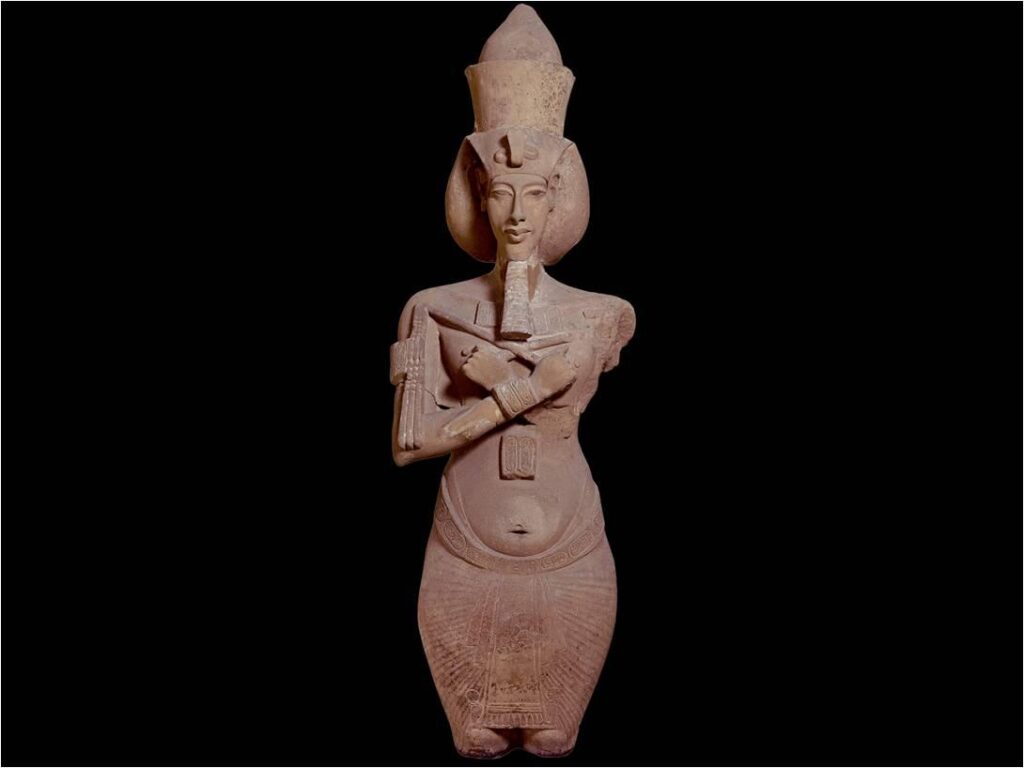
Exploring Symbolism, History, and Cultural Significance of Egypt’s Double Crown
Introduction: Egypt’s Double Crown
Egypt’s Double CrownThroughout history, crowns have held an emblematic role in the tapestry of ancient civilizations, serving as tangible symbols of authority, divinity, and status. From the majestic diadems of Mesopotamia to the ornate headdresses of Mesoamerican rulers, these regal adornments have conveyed the might and sovereignty of leaders’ Double Crown.
Egypt’s Double Crown, Amidst this pantheon of symbolic headpieces, Egypt’s Double Crown stands as an unparalleled icon of unity and power Egypt’s Double Crown,. Crafted with meticulous artistry and infused with profound meaning, the Double Crown embodies a compelling narrative of convergence between Upper and Lower Egypt, symbolizing the harmonious amalgamation of disparate realms under a singular ruler Egypt Double Crown.
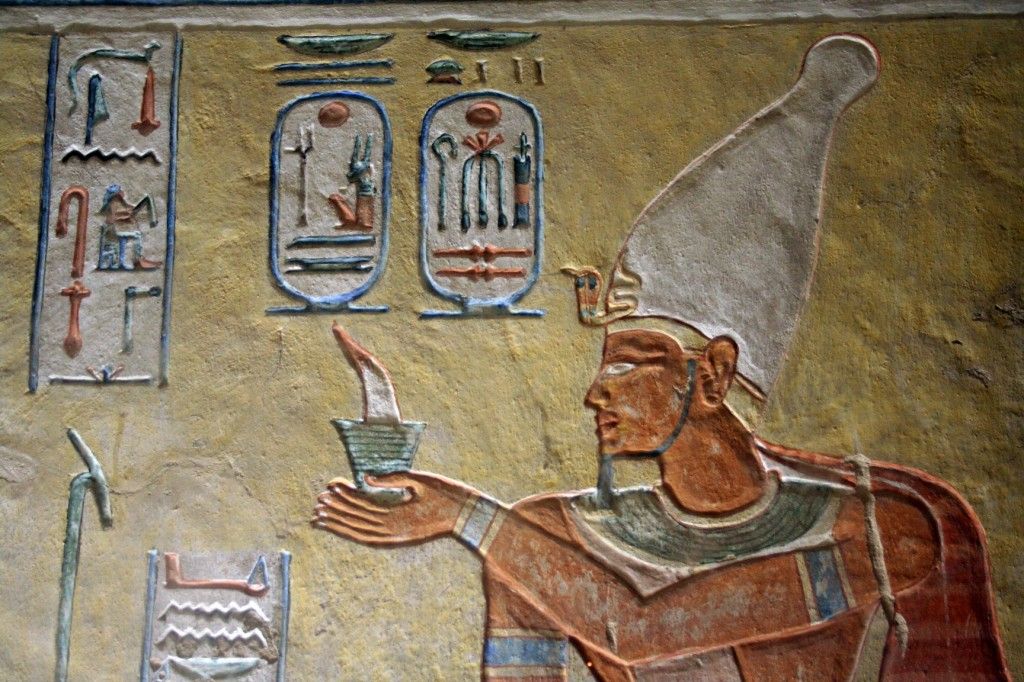
This article endeavors to delve into the historical tapestry and profound significance of Egypt’s Double Crown, unearthing the layers of symbolism, cultural resonance, and the inherent power that this dual emblem encapsulates. Through exploration and examination, we aim to decipher the enigmatic legacy and timeless significance of this iconic regalia, shining a light on its role as a symbol of unity and strength in the annals of ancient history’s Double Crown.
Historical Context:
Egypt’s Double Crown, The historical trajectory of crowns within ancient Egypt serves as a testament to the evolution of power and authority within the Nile Valley civilization. Commencing with rudimentary head coverings denoting regional rule, the concept of crowns gradually transformed into potent symbols of dominion and divine right Egypt’s Double Crown.
Egypt’s Double Crown, At the dawn of Egypt’s dynastic era, the emergence of the Double Crown—comprising the Deshret, representing the Red Crown of Lower Egypt, and the Hedjet, symbolizing the White Crown of Upper Egypt—marked a pivotal moment. Each crown, initially indicative of separate geographic domains, became an emblematic representation of the distinct regions and their associated deities.

The consolidation of these dual crowns culminated in a significant event: the unification of Upper and Lower Egypt under one ruler. This unification, often attributed to King Menes (also known as Narmer), established a pivotal epoch in Egypt’s ancient history Egypt’s Double Crown. The joining of the Red and White Crowns symbolized not merely a political amalgamation but also a spiritual convergence, representing the harmonization of diverse cultures, traditions, and belief systems Double Crown.
Egypt’s Double Crown, This unification heralded an era of unparalleled significance, laying the foundation for a centralized rule and the birth of a dynastic civilization. The Double Crown, as a singular regal emblem worn by successive pharaohs, became an embodiment of the ruler’s divine mandate and dominion over the unified Egyptian lands, ensuring stability, prosperity, and cosmic order throughout the kingdom of Egypt’s Double Crown.
Symbolism and Meaning:
Egypt’s Double Crown, The symbolic potency of Egypt’s Double Crown transcended its physical manifestation, ingraining itself deeply within ancient texts, hieroglyphs, and the spiritual fabric of Egyptian society. Revered as a symbol of paramount significance, the Double Crown was imbued with multifaceted meanings and interpretations, echoing through the annals of Egypt’s cultural and religious tapestry Egypt’s Double Crown.
Egypt’s Double Crown, Ancient texts, and hieroglyphic inscriptions served as repositories of the Double Crown’s symbolism. References to the Deshret and Hedjet—signifying Lower and Upper Egypt respectively—were prevalent, often portraying the duality of rulership and the harmonious union that these crowns represented. Hieroglyphs depicted pharaohs donning the combined crowns, emphasizing the ruler’s authority over the unified kingdom, a visual testament to the monarch’s divine mandate to govern both lands.
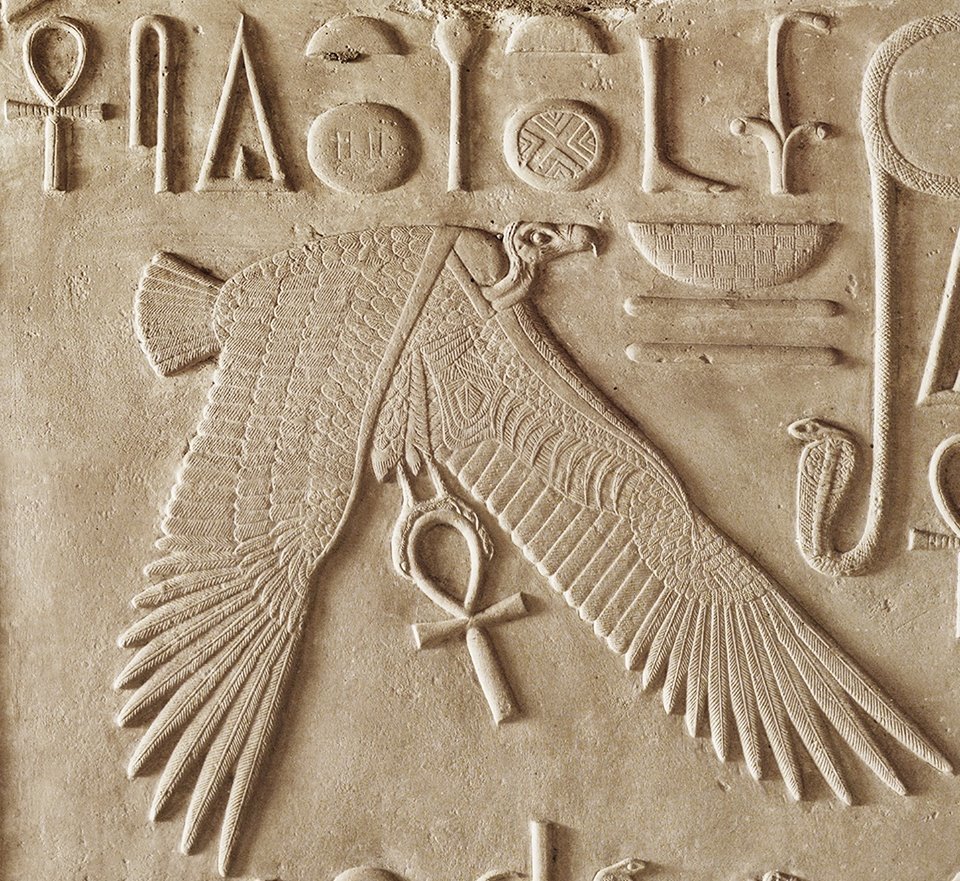
Egypt’s Double Crown, Beyond the political realm, the Double Crown held profound religious and spiritual significance. It embodied the divine union of the deities associated with each region—Horus of Lower Egypt and Seth of Upper Egypt—reflecting a celestial reconciliation and the assurance of cosmic balance under the pharaoh’s rule. The crowns, therefore, transcended mere symbols of earthly dominion; they encapsulated a cosmic harmony, linking the mortal realm with the divine Egypt’s Double Crown.
Art and artifacts from ancient Egypt abound with depictions of the Double Crown, emphasizing its central role in the visual language of the civilization. Paintings, sculptures, and ceremonial objects often showcased pharaohs adorned with the unified crown, underscoring the ruler’s divine legitimacy and the prosperous unity of the kingdom. These representations served not only as artistic expressions but also as ideological tools, reinforcing the narrative of unity and the pharaoh’s divine mandate to rule over a harmonized Egypt.
The Double Crown’s depiction in various mediums served as a constant reminder of the pharaoh’s dual dominion, both terrestrial and celestial, echoing the intertwined narrative of political authority, religious harmony, and cosmic balance within the ancient Egyptian worldview.
Spiritual embodiment
Spiritual embodiment represents the integration of spiritual principles, beliefs, or experiences into one’s physical being and daily life. It involves the alignment of one’s inner spiritual essence with their outward actions, behaviors, and interactions with the world. This concept transcends mere intellectual understanding of spiritual concepts and involves a deep, experiential connection to something greater than oneself.
An embodiment of spirituality often encompasses mindfulness practices, meditation, prayer, or rituals aimed at fostering a deeper connection with the divine, the universe, or one’s inner self. It involves living in accordance with one’s spiritual values, seeking harmony, compassion, and a sense of interconnectedness with all beings.
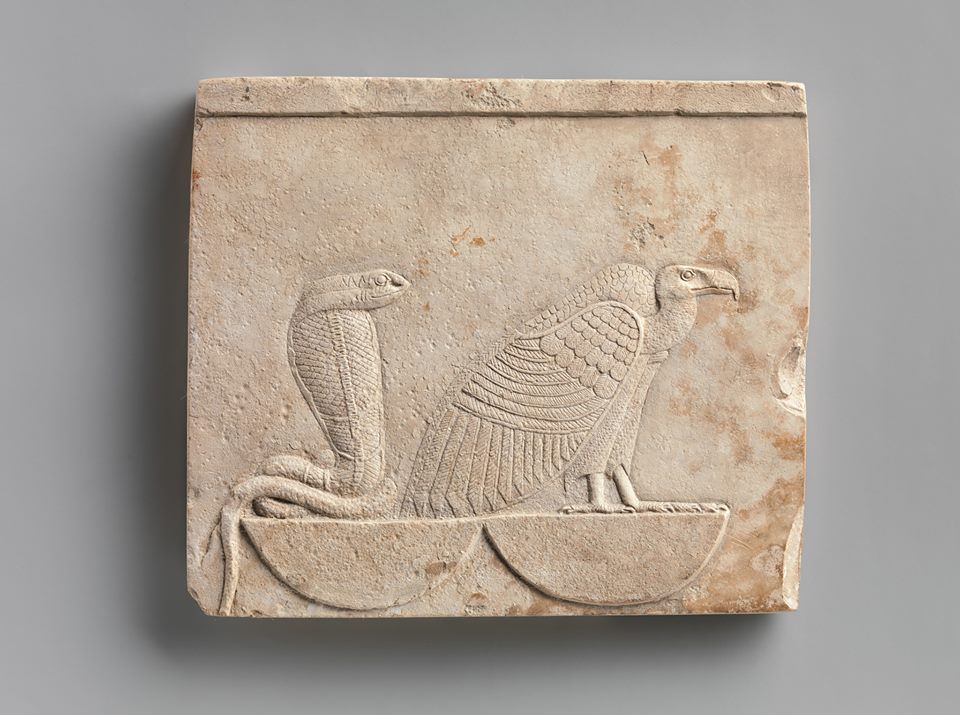
Moreover, spiritual embodiment extends beyond religious affiliations and dogmas, allowing individuals to explore and embrace diverse spiritual paths. It involves an inward journey toward self-awareness, self-discovery, and self-realization, leading to a more profound understanding of one’s purpose and existence.
The process of spiritual embodiment is personal and can manifest in various ways for different individuals, including heightened empathy, a sense of inner peace, a feeling of oneness with nature, or a commitment to service and altruism.
Ultimately, spiritual embodiment invites individuals to integrate their spiritual beliefs and experiences into their everyday lives, fostering a sense of wholeness, authenticity, and a deeper connection to the world around them.
Historical significance
Historical significance pertains to the importance, impact, or relevance of an event, person, idea, or object within the context of history. It encompasses the enduring influence or consequences that shape the course of events, societies, cultures, and even global developments.
Events considered historically significant often possess several key attributes. They might mark turning points, initiating significant change, or shaping the trajectory of societies. These events can have a profound and lasting impact, influencing subsequent developments and shaping the collective memory of a community or nation.

Moreover, individuals who hold historical significance often catalyze change, inspire movements, or innovate in ways that fundamentally alter the course of history. Their actions, ideas, or contributions leave a lasting legacy, influencing future generations and contributing to the evolution of society.
Objects or artifacts can also hold historical significance, representing milestones or embodying cultural, technological, or social advancements. These artifacts serve as tangible links to the past, offering insights into bygone eras and helping us understand the evolution of civilizations.
Understanding historical significance provides valuable insights into the complexities of the past and its relevance to the present. It allows us to comprehend the interconnectedness of events, the impact of decisions made by individuals or societies, and the lessons that history can offer for the future.
The Power of the Pharaohs:
The Double Crown held an unparalleled significance in bolstering the authority and sovereignty of Egypt’s pharaohs, serving as a potent symbol that reinforced their divine right to rule and their absolute dominion over the unified kingdom.
Wearing the Double Crown was a deeply political act, signifying the pharaoh’s control over both Upper and Lower Egypt. The crown’s significance lay not just in its visual representation but in the ideology it embodied. By donning the amalgamated Deshret and Hedjet, the pharaoh visually asserted their power, signaling to their subjects and neighboring nations the unification and strength of Egypt under their rule.

The political implications of wearing the Double Crown extended far beyond a mere display of authority. It was a statement of unity, cementing the pharaoh’s legitimacy and emphasizing their role as the divine intermediary between the mortal realm and the gods. This symbolism was crucial for maintaining stability and loyalty among the populace, fostering a sense of national identity and pride in the centralized leadership.
Rituals and ceremonies surrounding the use of the Double Crown were infused with profound significance. Coronation ceremonies often involved the pharaoh being ritually crowned with the Double Crown, symbolizing their divine ascension to the throne and the divine mandate bestowed upon them by the gods. These ceremonies were steeped in religious fervor, reinforcing the sacred link between the ruler, the unified kingdom, and the divine forces governing the cosmos.
Moreover, the Double Crown played a central role in religious festivals and state rituals. Its presence in religious ceremonies reinforced the cosmic balance, ensuring Ma’at—the ancient Egyptian concept of cosmic order and balance—remained intact. Such rituals not only solidified the pharaoh’s authority but also served as a unifying force, bringing together the populace in communal celebrations that reinforced loyalty to the throne.
The utilization of the Double Crown in political, religious, and ceremonial contexts underscored its pivotal role as a symbol of the pharaoh’s unparalleled authority, the unity of the kingdom, and the cosmic harmony essential for Egypt’s prosperity and stability.
Divisive symbolism
Divisive symbolism embodies imagery, gestures, or representations that evoke strong emotions, often polarizing communities or societies due to their subjective interpretations. This symbolism, laden with historical, cultural, or political connotations, tends to spark controversy, leading to heated debates and rifts among individuals or groups.
One potent example is the appropriation of flags or emblems by various movements or ideologies. Flags, serving as potent symbols of unity and identity for nations, can also be appropriated by factions advocating conflicting beliefs, thereby causing division. These divisive reinterpretations often clash with established societal norms and trigger disputes over the intended meaning of these symbols.

Similarly, monuments and statues can become focal points of contention, symbolizing different values or historical narratives. Debates around preserving or removing such monuments highlight the inherent divisiveness in symbols representing conflicting viewpoints.
Language and gestures also play a pivotal role in divisive symbolism. Certain phrases, gestures, or even attire can carry deep-seated meanings, interpreted diversely by different groups, leading to misunderstanding and conflict.
The impact of divisive symbolism resonates across various spheres of society, influencing perceptions, shaping identities, and sometimes perpetuating discord. Understanding the multifaceted nature of these symbols is crucial in navigating societal divisions, fostering dialogue, and striving for greater inclusivity and understanding among diverse communities.
Legacy and Influence:
The legacy of Egypt’s Double Crown extends beyond the boundaries of ancient Egypt, influencing later civilizations and continuing to hold cultural significance in modern times. Its impact reverberates through history, leaving an indelible mark on subsequent cultures and retaining its symbolic power in contemporary Egypt.
The Double Crown’s influence on later civilizations is evident in various cultural elements. Its representation as a symbol of unity and power found resonance in neighboring civilizations, influencing art, religious symbolism, and political ideologies. The concept of combining diverse realms under a singular authority echoed in the regalia and iconography of successive empires, leaving a lasting imprint on their visual language and notions of rulership.
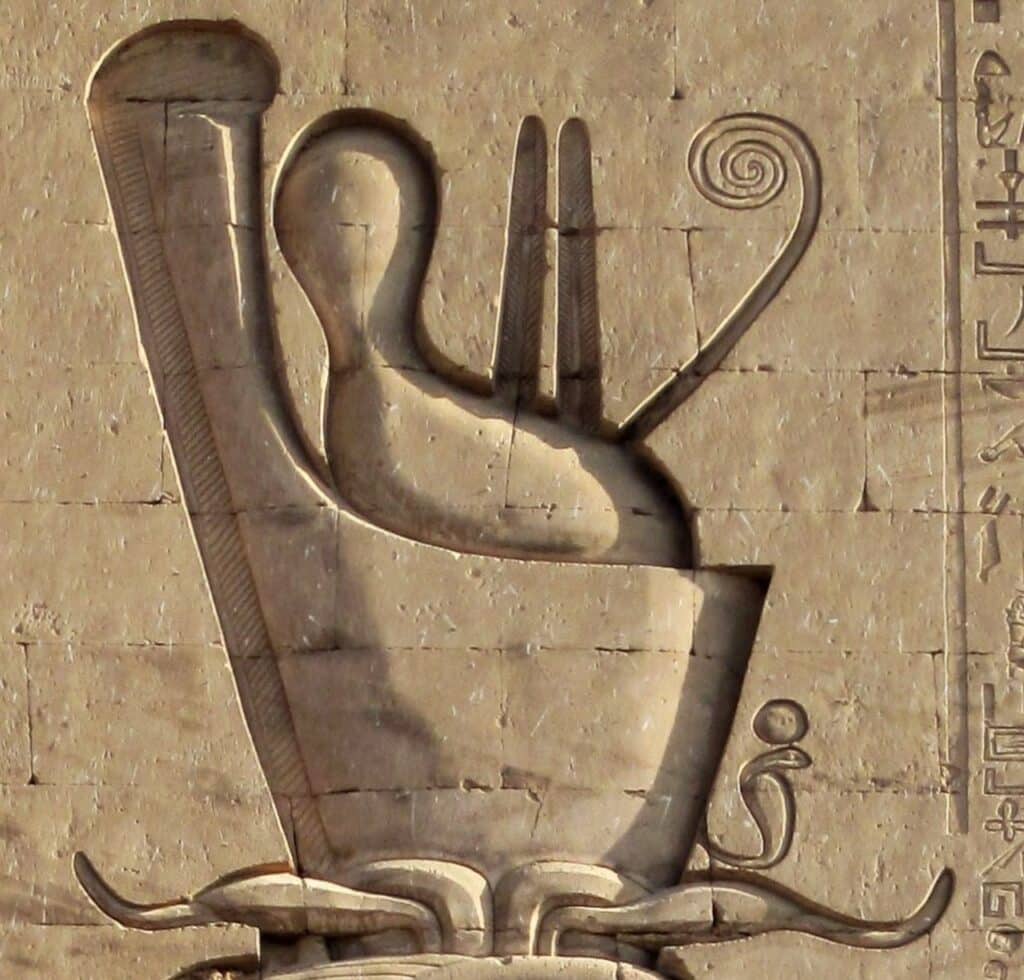
In modern Egypt, the Double Crown maintains profound cultural significance. It serves as a potent symbol of national identity and historical pride, encapsulating the legacy of ancient unity and sovereignty. Its iconic representation can be found in national emblems, artifacts displayed in museums, and cultural ceremonies, serving as a reminder of Egypt’s rich heritage and its enduring legacy of unity.
Efforts towards the preservation of Egypt’s historical artifacts, including representations of the Double Crown, remain paramount in contemporary times. Archaeological excavations, museum exhibitions, and conservation initiatives aim to safeguard these relics, ensuring their historical significance is preserved for future generations. By safeguarding these artifacts, Egypt strives to maintain its cultural heritage and honor the legacy of its ancient symbols, including the iconic Double Crown.
The Double Crown’s historical significance remains a subject of scholarly inquiry and public fascination, contributing to the global understanding of ancient civilizations and their cultural symbols. Its enduring presence in modern Egypt symbolizes not only the country’s rich past but also its aspirations for unity, strength, and cultural continuity in the face of evolving times.
Discordant interpretations
Discordant interpretations arise when diverse perspectives clash, leading to conflicting understandings or meanings about a particular subject, idea, or piece of information. These differing viewpoints can emerge due to various factors such as cultural backgrounds, personal experiences, biases, or the ambiguity of the subject matter itself.
In conversations or debates, discordant interpretations often become evident when individuals analyze the same information but arrive at contrasting conclusions. This dissonance can occur in fields like literature, art, politics, or even everyday conversations where the subjective nature of interpretation plays a crucial role.
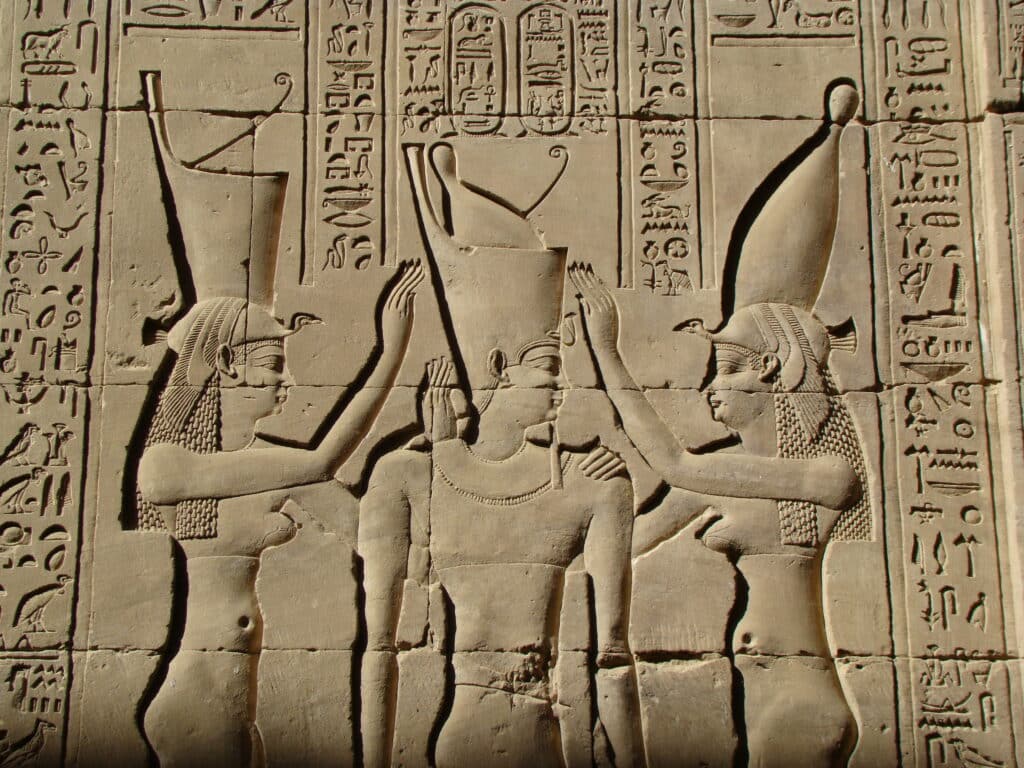
Literary works, for instance, frequently invite multiple interpretations. A single text can be analyzed through various lenses, leading to divergent readings and understandings. Similarly, in art, the interpretation of a painting or sculpture may evoke different emotions or meanings based on the viewer’s perspective.
Miscommunication and misunderstandings often stem from discordant interpretations, impacting interpersonal relationships and broader societal discourse. Bridging these gaps necessitates active listening, empathy, and a willingness to acknowledge and respect diverse viewpoints.
In fields like law or policy-making, discordant interpretations of rules or regulations can lead to disputes and legal challenges. Clarity and precision in communication become imperative to minimize these discrepancies and foster a more unified understanding.
Egypt’s Double Crown, Managing discordant interpretations involves fostering open dialogue, encouraging critical thinking, and embracing the richness that diverse perspectives bring to discussions. Recognizing the complexity of interpretation can lead to more inclusive and comprehensive approaches to understanding the world around us Egypt’s Double Crown.
Conclusion:
The Double Crown of Egypt stands as an emblem of unparalleled significance, transcending time and space to symbolize the enduring legacy of unity, power, and cultural richness within ancient Egypt. Its significance reverberates through history, leaving an indelible mark on the cultural, religious, and political landscape of the ancient world.
The Double Crown’s enduring legacy lies in its representation as more than a mere regal adornment; it embodies the harmonious fusion of disparate realms and the unification of Upper and Lower Egypt under a singular pharaoh. As the amalgamation of the Deshret and Hedjet, this dual emblem epitomizes the synergy between two distinct regions, solidifying the pharaoh’s divine mandate and consolidating a centralized rule that fostered stability, prosperity, and cosmic order within the kingdom.
Egypt’s Double Crown, Throughout ancient texts, hieroglyphs, art, and ceremonies, the Double Crown conveyed the pharaoh’s divine authority and the harmonious equilibrium between the mortal and divine realms. Its political implications, serving as a visual proclamation of unity, fortified the ruler’s legitimacy and centralized power, ensuring societal cohesion and a shared national identity.
Even in contemporary times, the Double Crown retains its significance, influencing later civilizations and retaining its place as a symbol of national pride and historical heritage in modern Egypt. Its preservation through conservation efforts and its portrayal in cultural representations signify the country’s commitment to honoring its rich past and celebrating the legacy of unity and strength that the Double Crown embodies.
In closing, the symbolic power of unity encapsulated by the Double Crown transcends its physical form, resonating as a timeless testament to the unification of diverse elements and the strength found in harmonious integration. It remains an enduring icon, reminding us of the potency of unity, the sanctity of cultural heritage, and the timeless legacy left by the ancient civilizations of Egypt.

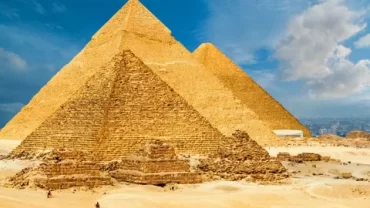



Comment (0)